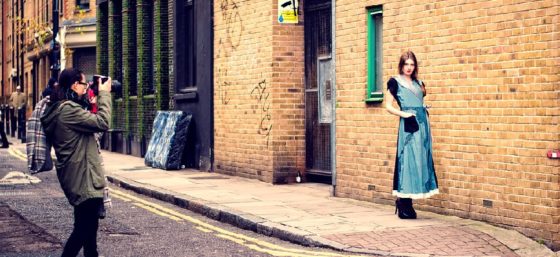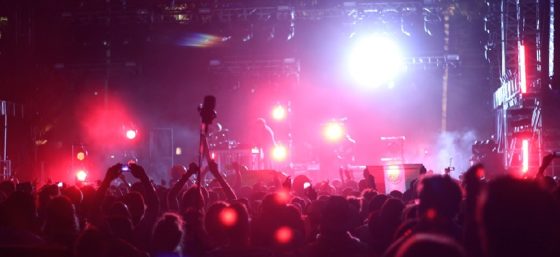
Professional portrait photographers generally need at least two contracts when working with a client: one for the sitting and one for the deliverables. For the latter, make sure the client is crystal clear about what they are, and equally important, what they are not buying. Having clarity on the front end will prevents problems on the back end.
Assume Clients Don’t Understand Copyright
Part of your job as a professional photographer is to educate your client about the basics of copyright and how it applies to images you’ve been hired to create. Many people assume that they are allowed to take a print, scan it, and share online or via email.
In my pre-lawyer life, that’s what I thought. I spent plenty of time in the computer lab during my undergrad scanning photos. There was even a bulletin board dedicated to the photos that people left in the machine.
This is still an issue for Joe Average people. Here’s a real question that recently came across my screen: I hired a photographer to take family pictures. I want to share them online and with extended family. The photographer says I can’t do that. Why?
I suspect this person bought prints and not a digital license, or they have a license but it doesn’t include an allowance to distribute the images.
As a risk-adverse lawyer, I would put specific verbiage in the contract that states what the client can and can’t do with the photos, including that only the digital version the photographer provides can be used to share the images with family and friends, probably in bold print.
This serves two purposes:
- It protects your copyright, and
- It maintains the quality of your work.
It’s also a good idea to include the information about your socials so they can tag you. (Good clients give credit their photographer when posting images online, even if they’re not required to.)
What the Client gets with Prints
When a client buys prints, they are buying the tangible object – the picture on whatever medium it was printed. They are buying the thing. They are not getting the copyright right or any copyright rights (unless that’s part of the contract they signed).
The limits of what someone can do with a print are similar to what they can do if they bought a book. They can display it, sell it, give it away, destroy it, etc. What they can’t do is make copies of it.
Scanning a print is making a copy. So is taking a photo of the photo.
I’ve seen people do this at amusement parks. They don’t want to buy the photo the park took of them on the rollercoaster, so they take a photo of the screen where the image is displayed – so they take photo of the photo. When I’ve seen this happen, the teenage clerk usually says, “We’re not supposed to let people do that.” Now you know why.
What the Client gets with a Digital License
What a client can do with a digital license depends on the limits within the license itself.
Whoever owns a copyright has the exclusive right to control if and how the work is copied, distributed, displayed, performed, and what derivative works can be made from it. If I were writing a license for a photographer, I’d address all five of these rights – including “perform,” even though that’s not a verb we typically use in regards to photographs, but I’d rather be thorough.
Most of the time, the photography licenses I draft are for a non-exclusive, perpetual, worldwide license. It also addresses whether the licensee is allowed to use the images for commercial use. Sometimes the photographer requests additional provisions, like one that says the licensee isn’t allowed to alter the images, which may include cropping.
Following the license provision, I often add a sentence that states all other uses of the images must be approved by the photographer in advance.
Solution: All Print Packages Include a Digital License
One way to address this issue to require clients to purchase a digital license when they’re purchasing prints. The client won’t have to scan any images if they already have digital versions.
When you first meet with a client to discuss their needs, ask them about what they want to do with the final images, including how they want to show them to others. If you hear a client talking about how they can’t wait to share the photo with family/friends – clarify what they mean and make sure purchase a package that suits their needs.
Lights Camera LawsuitTM
There’s always a need for quality legal information for photographers. That’s why I created an online course called Lights Camera Lawsuit: The Legal Side of Professional Photography to address photographers’ most important questions. I want you to feel secure in your business, confident in the way you operate day-to-day, knowing that you’ve set yourself up to get paid what your worth without incident.
At $497, the course contains nearly six hours of legal information you can immediately apply to your business. That’s less than what I charge for two hours of legal work for clients!
Please subscribe for more information and to make sure you don’t miss out on any special offers or discounts.


